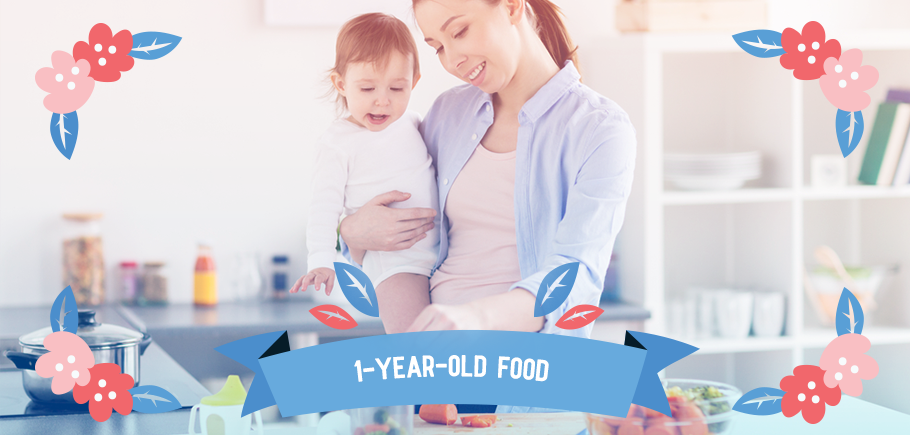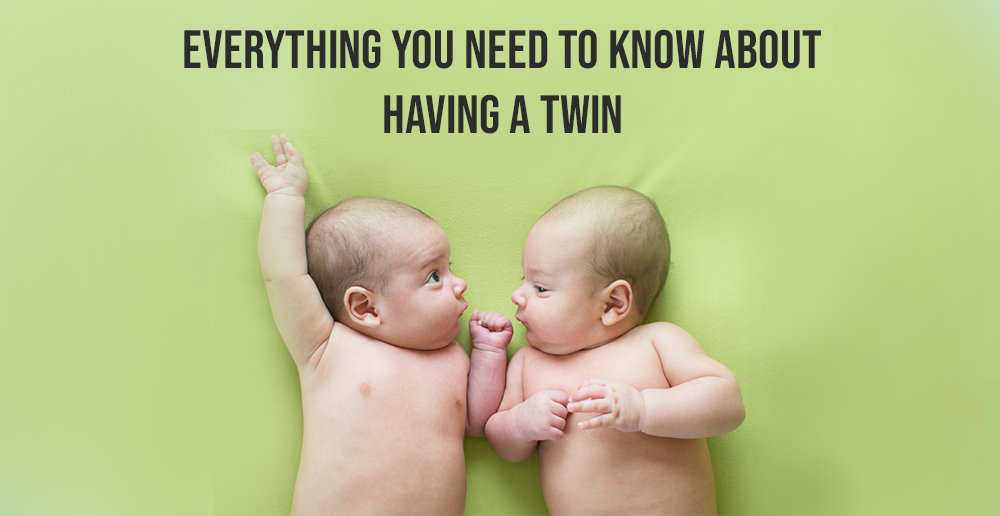Happy birthday baby! You’ve presently got a 1-year-old (Baby Month 12) on your hands! Baby’s been on a fabulous journey in her first year, hasn’t she? And so have you, watching baby advance from rolling to cruising—possibly even walking unsupported. (If baby’s not there yet, don’t panic. Many toddlers start walking after their first birthday.) She’s presumably pretty social now, waving “hi” and “bye” and likely using most 1-year-olds’ preferred word, “no,” while shaking her head. Clear path for toddlerhood!
1-YEAR-OLD DEVELOPMENT

Your baby is most likely still growing about a half inch each month and gaining three to five ounces per week. In any case, watch out: Various babies experience a development spurt directly around 12 months.
1-Year-Old Weight & Height
The normal weight for 1-year-old baby girls is 21.9 pounds and 21.3 pounds for boys. Normal height is 29.1 inches for girls and 29.8 inches for boys.
Baby’s likely tripled her birth weight and is about 10 inches longer than she was at birth.
Five Senses
- Baby’s hearing is presently overly exact, and she listens with closer attention than the last months.
- She loves to look and listen in the meantime, making reading books really fun and intriguing.
- Baby adores feeling various textures and cool sensations such as the feeling of water pouring from cup to cup in the bathtub.
- Baby keeps feeling everything with her hands and her mouth..
1-Year-Old Milestones

What Should My One-Year-Old Be Doing?
- Sitting. Baby most likely sits for long periods of time and can twist and turn to achieve different toys.
- Standing. Around half of babies can stand for a few moments with no help during month 12.
- Walking. Around one out of four babies this age are beginning to walk. But don’t panic if yours isn’t. The average age range of first steps is 9 months to 17 months, so it’s still quite early for your toddler to be walking.
- Talking. Baby is most likely saying “dada,” “mama” and at least one other word.
- Understanding. Baby additionally understands one-step commands if you use gestures, such as when you ask her to pick up the ball or look at the dog.
1-YEAR-OLD FOOD

In addition to formula or breast milk, your baby is eating three meals and one to three snacks each day.
How much food for a 12-month-old baby?
One-year-olds are infamous for not eating a lot, so don’t stress too much if baby’s appetite begins to decrease once again the following couple months. You can anticipate that your kid should eat about a quarter of a cup of each food group at every meal. Try not to stress a lot about having her join the clean plate club. One-year-olds are very good at judging when they’re hungry and when they’re full, so in the event that she stops, she’s had plenty to eat.
What Can Baby Eat?
Your 12-month-old child can eat most things you do! Insofar as it’s nutritious and sufficiently delicate for her to gum if she doesn’t have numerous teeth yet.
Can my 12-month-old baby drink regular milk now?
Yes, she can! Baby’s digestive system ought to be prepared for cow’s milk, so you’re free to introduce it to her slowly.
How much whole milk for a 12-month-old baby?
Begin with only a little bit—maybe add a few ounces to her formula or breast milk at each feeding, or offer a small cup at snack time. It might take a short time for her to get used to the taste.
Read : Baby Month By Month – (Month 9)
1-Year-Old Feeding Schedule

1-YEAR-OLD SLEEP
How much sleep should a 1-year-old get? One-year-olds still likely sleep around 13 to 14 hours out of each day. About 10 to 11 of those hours are presumably at night. A regular nap schedule for a 1-year-old baby consists of two naps that total three hours of daytime sleep.
1-Year-Old Sleep Schedule

How to put a 1-year-old to sleep
Put your baby to sleep while she’s as yet awake! Having a baby who falls asleep on her own means she’s more likely to get easily back into a snooze state if she wakes up during the night. The most significant thing is that you have a relieving bedtime routine that your toddler realizes signals sleep-time. We personally prefer to give a bath, read a book, sing a song, hug and then turn out the lights.
When to introduce a toddler bed
Realize that you shouldn’t be in a rush to get baby into a toddler bed. The crib is as yet safe for baby as long as he’s not climbing out of it, and many parents keep their toddler in a crib until they start potty training, around age 2 or 3.
How to sleep-train a one-year-old baby
We ordinarily hear, “My one-year-old won’t sleep through the night!” Whether your 1-year-old has sleep relapse or he’s never slept the entire night through, we get your edginess. On the off chance that your one-year-old is not sleeping, you might turn to sleep-training in order to teach her to sleep better. In any case, realize that sleep-training a 1-year-old baby will be somewhat not the same as it is for a younger baby.
What you should do if your 1-year-old is sleeping a lot
Define a lot. Your developing toddler still needs significantly more sleep than you do—about 14 hours per 24 hour period. If it’s much more than that and you’re concerned baby might be sick, talk to the pediatrician for advice.
1-YEAR-OLD SCHEDULE
Looking for activities with a 1-year-old baby? Go out and play! Little children love textures, so have baby go shoeless and crawl or walk around the yard to really feel the grass beneath her hands, knees and feet.
1-Year-Old Schedule Example
A 12-month-old child’s day by day schedule may look something like this.

Read Also :
Baby Month By Month – (Month 10)
Baby Month By Month – (Month 11)
WOMEN STICK TOGETHER, SHARING IS CARING!







